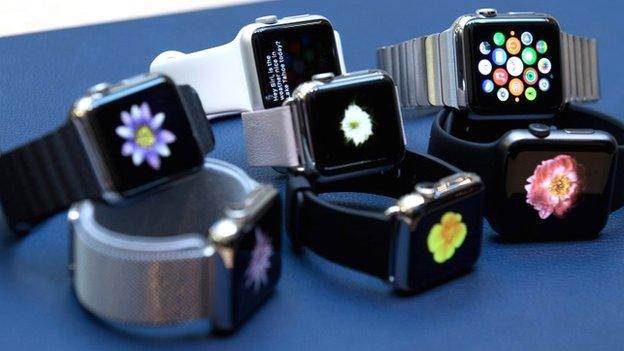Android Wear smartwatches to work with iPhones
- Published
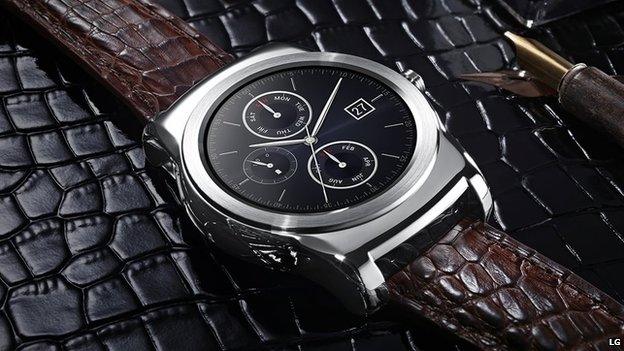
LG's Watch Urbane smartwatch is the first Android Wear device that will work with iPhones
Google has made its Android Wear operating system compatible with Apple's iOS mobile platform.
It means users will be able to pair Android-powered smartwatches with iPhones for the first time.
The move greatly increases the potential market for the devices, and could pose a challenge to the Apple Watch itself.
But one expert suggested demand would be limited because Google was only able to offer a restricted set of features.
"What this does is give people who don't want to fork out the premium price for an Apple Watch an alternative," said Ben Wood, chief of research at the consultancy CCS Insight.
"It could also appeal to people who want a smartwatch that looks more like a circular-faced classical watch.
"But Apple will always reserve the best features for its own platform, just as we previously saw with Pebble's watches, which can also connect to iOS but have similar limitations."

Android Watches will be able to see notifications sent to a paired iPhone
Fitness tracking
Google announced the news in a blog, external on the eve of the Ifa tech show in Berlin, where several new smartwatches are set to be unveiled.
"Today, Android Wear for iOS works with the LG Watch Urbane," wrote David Singleton, Android Wear's director of engineering.
"All future Android Wear watches, including those from Huawei, Asus, and Motorola will also support iOS, so stay tuned for more."
He did not discuss whether iOS compatibility would eventually be extended to other existing Android smartwatches, but instead concentrated on the functions an iPhone user would gain.
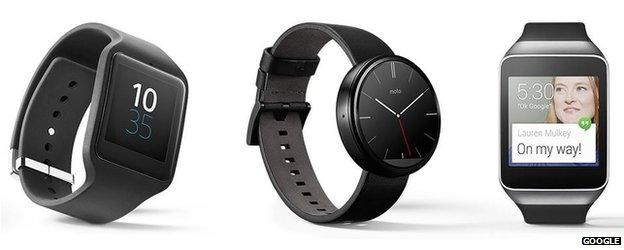
Early Android Wear smartwatches will not work with iPhones at this point
They include:
checking messages, notifications and received phone calls via their wrist
using the watches to track the owner's fitness activities and heart rate, with data logged into the Google Fit service
being able to use their voice to make Google search queries
The Verge news site, however, has highlighted some of the features that an iPhone user would lack, external.
One example is that they would not be able to run the full range of third-party watch apps, limiting an owner's ability to customise their wearable to the same degree they could if they owned an Android phone. However, it is worth noting that Apple does not allow any third-party watch faces to be installed on its own smartwatch.
Other limitations include an inability to reply to text messages via an Android Watch, and the fact it cannot be used to search for a specific song in Apple's Music service - popular functions that Apple's own smartwatch can do.
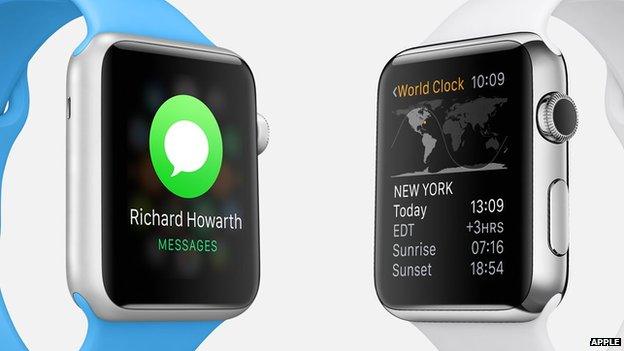
Apple plans to add new functionality to its Watch soon, including the ability to run third-party apps natively on the device
Luxury watches
About 530 million iPhones have been sold over the past three years, giving an indication of the size of the additional market now open to Android Wear device-makers.
Although official sales figures for the Apple Watch have not been released, IDC recently estimated that, external 3.6 million units were shipped between April and June.
The market research company said that made Apple the second most popular wearable tech brand over the period, after Fitbit.
"It's worth noting that Fitbit only sells basic wearables - a category that is expected to lose share over the next few years, leaving Apple poised to become the next market leader for all wearables," said IDC analyst Jitesh Ubrani.
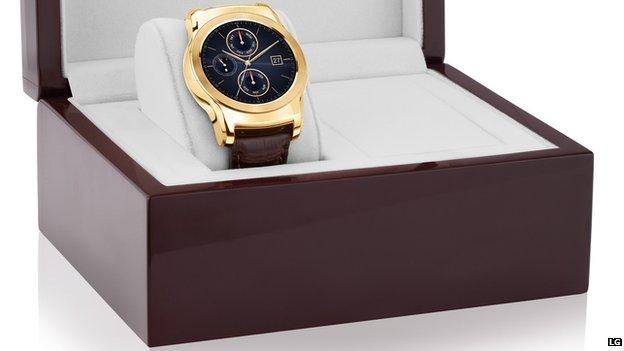
LG plans to charge $1,200 (£780) for its limited-edition Android Wear smartwatch
Other companies will attempt to jumpstart sales of other smartwatches, with launches at Ifa this week.
Huawei, Motorola and Asus are all expected to show off new Android-powered models, while LG has already announced a "luxe" version of its existing LG Watch Urbane, external that features a gold body and alligator skin watchstrap.
Samsung, however, will be showing off new watches that use its own Tizen operating system, rather than Android.
The Samsung Gear S2 family includes a version that has a built-in 3G data link, meaning it can be used to make calls and get notifications when not paired with a smartphone.
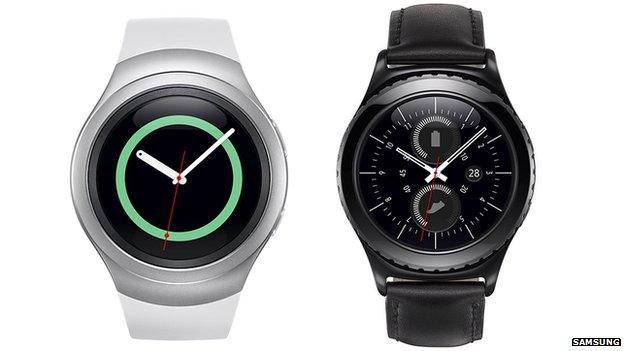
Samsung will display different versions of its new Gear S2 smartwatches in Berlin this week
Samsung has said it will show off a "variety of apps optimised" for the devices' 1.2in (3cm) circular screens - which may address concerns that by using Tizen it has limited the amount of third-party software that will be made available.
- Published9 May 2015
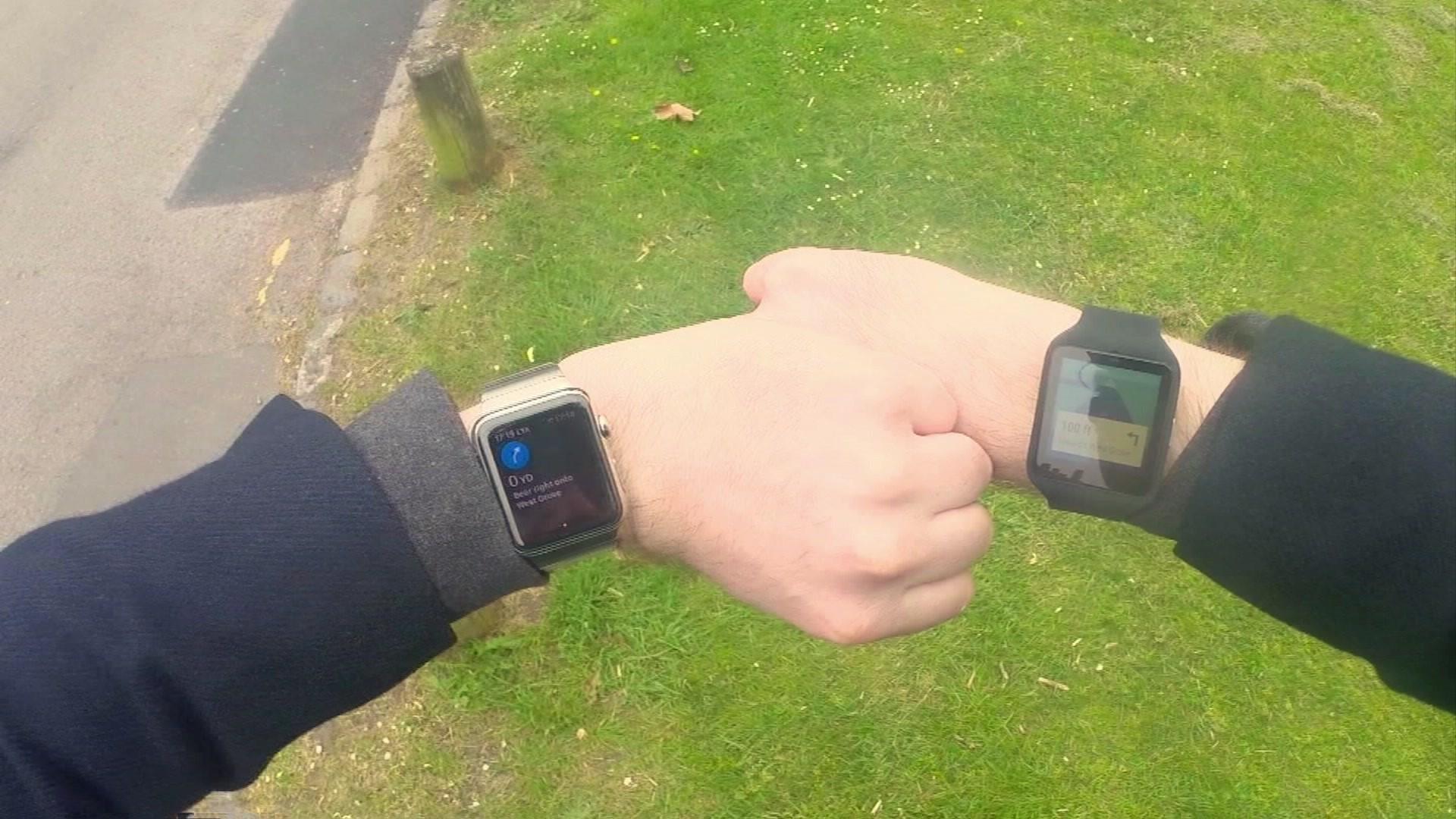
- Published19 March 2015
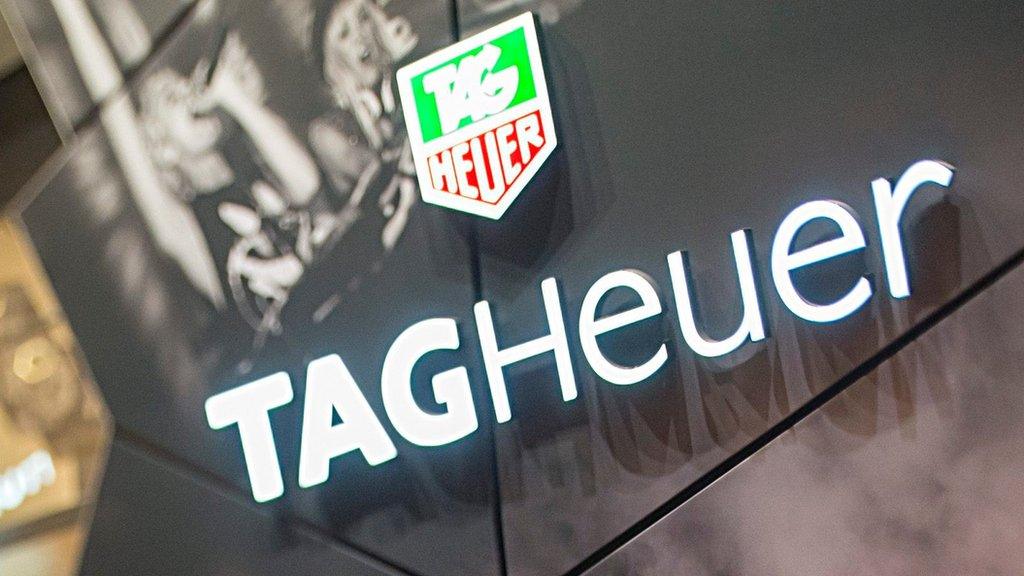
- Published24 April 2015
